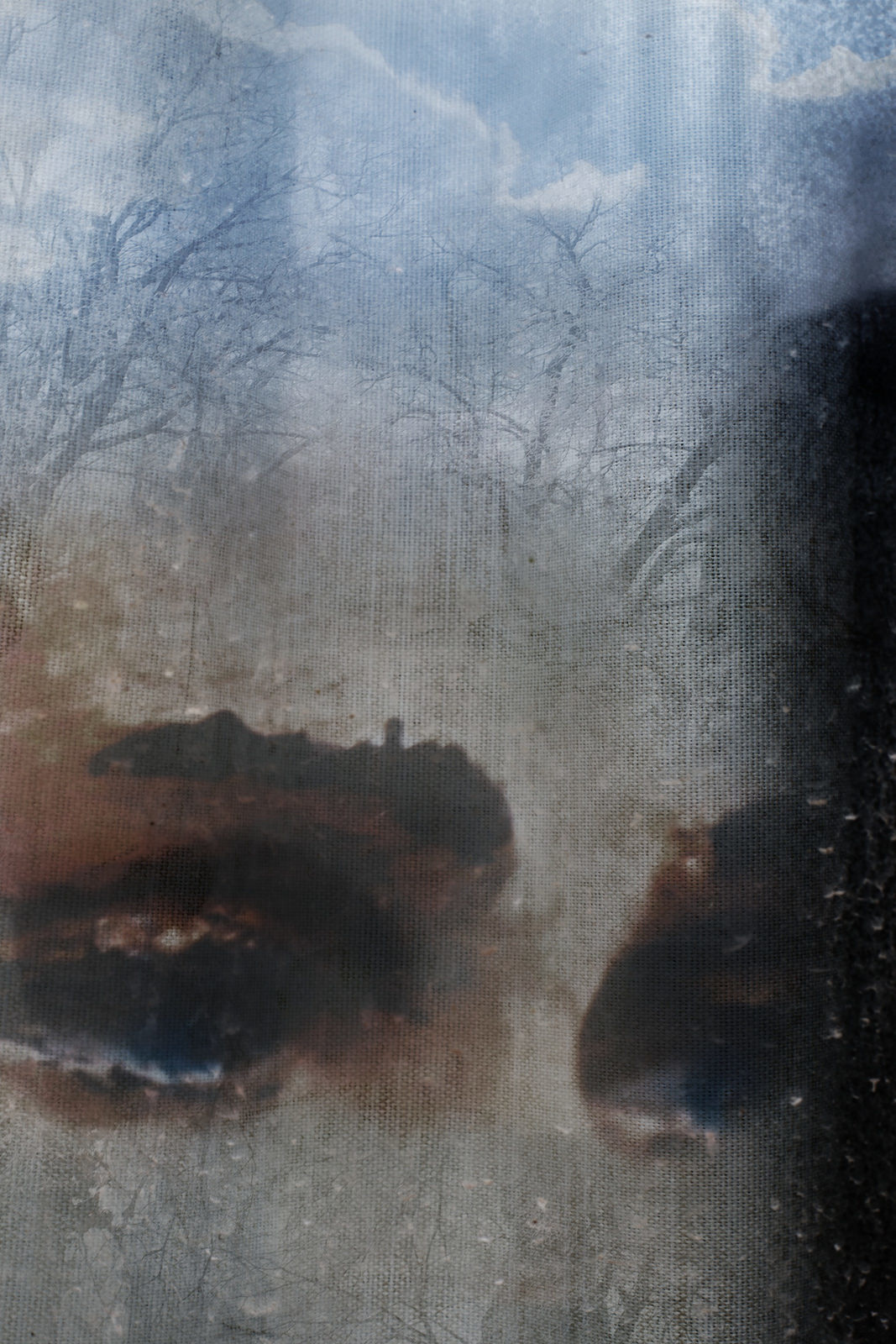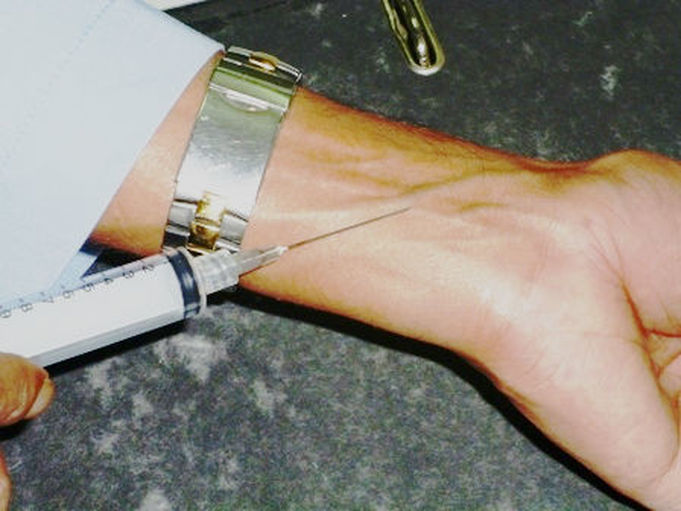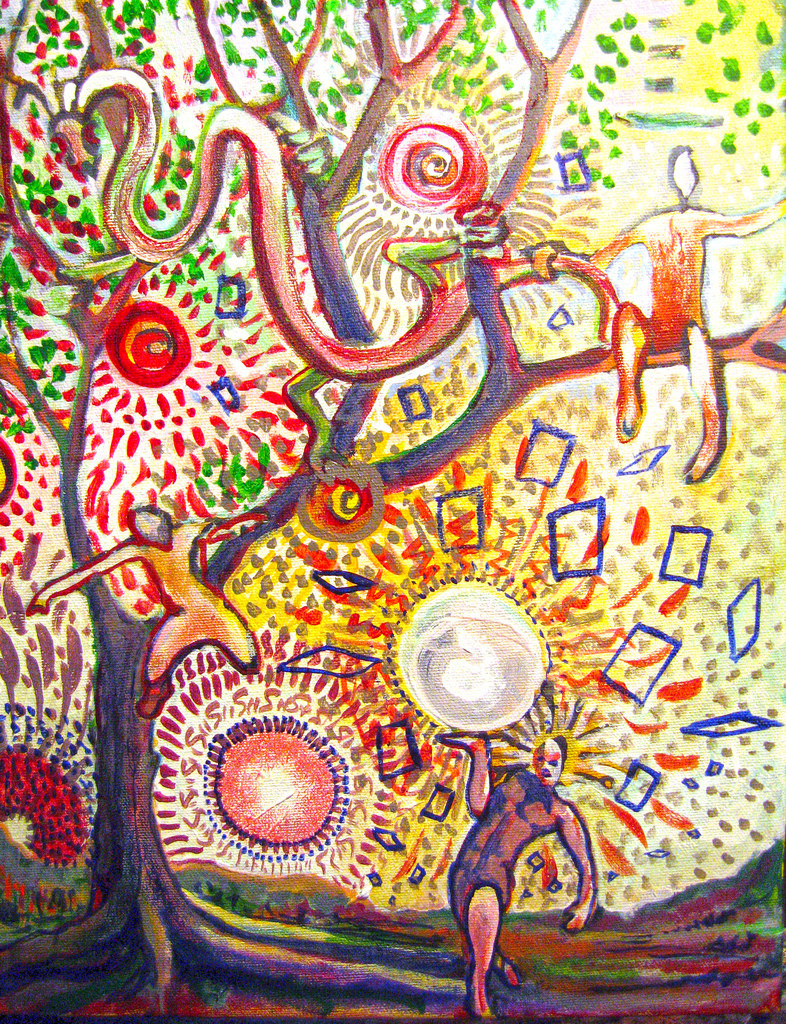
Sometimes we can find great wisdom about ourselves
by sitting quietly and refusing to run
from the inner memories and messages.
The shadow or dark side of our being
keeps us running from memories and parts of ourselves
we are afraid to see.
Addiction can block access to these messages.
Since they need to be heard,
they keep screaming louder and louder
driving us deeper and deeper
into our addiction
just to turn them off for a little while.
When we get sober they start to haunt us.
We can choose to sit quietly,
face the fear and the memories,
and make sense of it all
with the help of trusted friends in recovery.
OR
we can run into relapse
or other compulsive and irresponsible behaviors
in a futile effort to run from ourselves.
Sit still in recovery.
Be aware of who you are.
You probably find that
when the fear and anger pass
you are with a really good person,
yourself.
By Terence Gorski








 RSS Feed
RSS Feed
